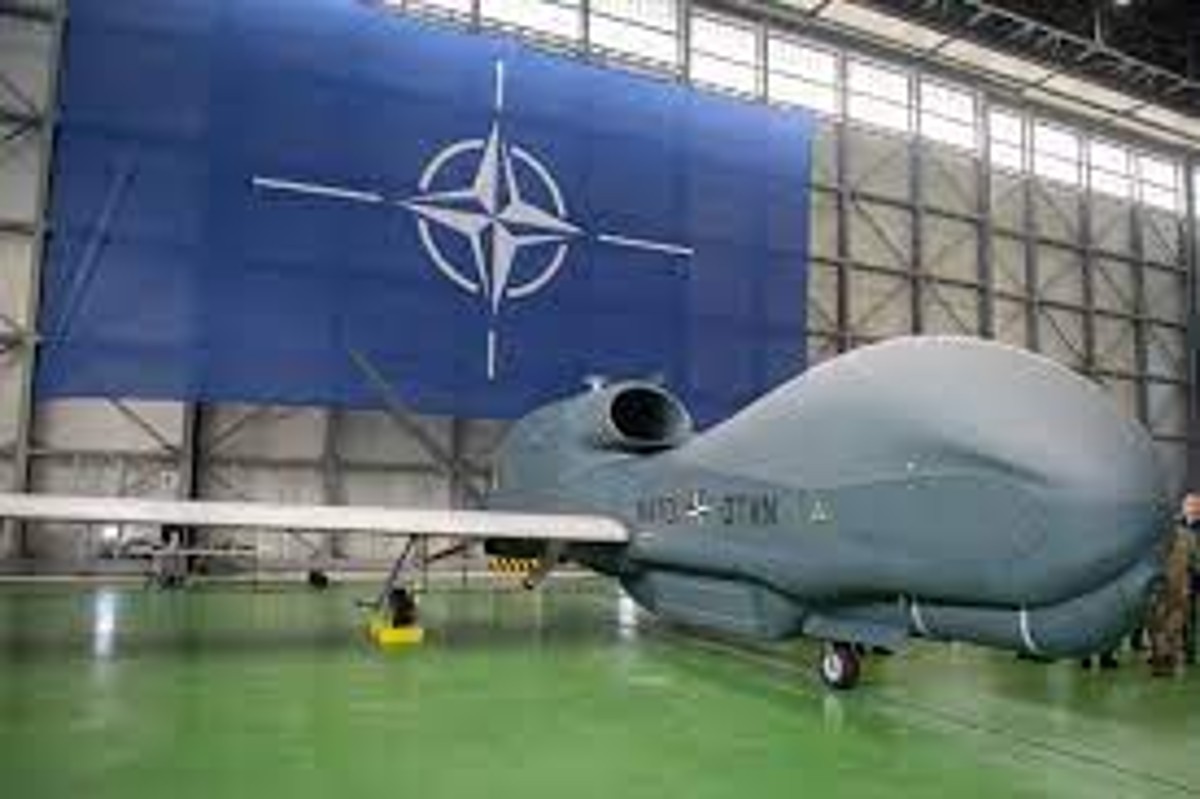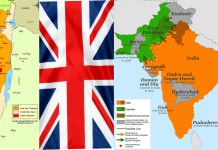In a move to bolster collective security measures, a group of nations, including the Baltic states (Estonia, Latvia, and Lithuania), Poland, Norway, and Finland, have unveiled plans to erect a groundbreaking “drone wall” along their shared borders.
The initiative, announced by Lithuanian Interior Minister Agne Bilotaite on May 24, marks a significant stride in regional defense collaboration.
The decision follows Poland’s recent commitment to the European Sky Shield Initiative, a broader effort encompassing 21 European nations aimed at fortifying air defenses.
However, the proposed “drone wall” presents a distinctive approach to border protection, emphasizing the utilization of unmanned aerial vehicles (UAVs) and cutting-edge technologies.
“This is a completely new thing—a drone border from Norway to Poland, the purpose of which would be to protect our border with the help of drones and other technologies,” remarked Minister Bilotaite, underlining the innovative nature of the initiative.
The envisioned system would include not only physical barriers and surveillance apparatus but also incorporate sophisticated anti-drone measures to counter potential threats and curb illicit activities.
The plan, still in its infancy, envisions a comprehensive framework integrating indigenous drone capabilities and anti-drone systems to safeguard territorial integrity.
Minister Bilotaite emphasized that while specifics regarding implementation remain fluid, discussions have broached the possibility of European Union funding to support the endeavor.
“We still have a lot of questions; we need to look at all those algorithms. Drills would be very valuable as we would look at things, evaluate them, and we would strengthen our preparedness,” added Bilotaitė, underscoring the importance of joint evacuation exercises and collaborative readiness assessments among participating nations.
Against the backdrop of Russia’s aggressive actions in Ukraine, characterized by the widespread use of drones and missiles targeting civilian populations, NATO-aligned states on the alliance’s eastern frontier are increasingly prioritizing measures to enhance their defense capabilities against potential adversarial incursions.
As the proposed “drone wall” initiative takes shape, it reflects a proactive response to evolving security challenges and signals a concerted effort among regional partners to fortify borders and ensure collective resilience in the face of emerging threats.
NATO Requires Enhanced Drone Capabilities To Monitor Russia’s Actions
The latest initiative by a coalition of countries, including the Baltic states, Poland, Norway, and Finland, is crucial in the face of evolving security challenges and the increasing prominence of drones in modern warfare.

With drones emerging as indispensable assets, experts warn that their role will only intensify in the future, underscoring the urgent imperative for NATO and the European Union (EU) to swiftly bolster their drone capabilities.
In September 2023, a comprehensive research analysis urged the EU and its member states to integrate drones and counter-drone technologies more prominently into defense strategies and initiatives.
This call to action comes at a time when the security landscape is becoming increasingly complex, particularly with Russia’s heightened activities near NATO borders. The urgency of such measures was also highlighted by recent events involving Russia.
On May 21, a draft law appeared on the Russian government’s website, indicating plans to unilaterally change maritime borders with neighboring countries in the Baltic Sea. Although the proposal was quickly removed, it raised significant concerns.

Subsequently, on May 23, Estonia reported that Russian border guards had removed buoys marking the navigable channel from Estonian waters on the Narva River. EU diplomat Josep Borrell demanded that Russia explain the removal of the buoys and insisted they be immediately returned.
Several EU states issued statements supporting Estonia and condemning Russia’s provocative actions. The Finnish prime minister suggested that these actions are part of Russia’s strategy to test NATO’s resolve.
Such provocations have especially increased since the start of the Ukraine war, leading to a higher demand for insights from NATO’s intelligence, surveillance, and reconnaissance (ISR) capabilities.
In fact, the NATO ISR Force, comprising over 400 personnel working from Europe, logged a 30% increase in flight hours in 2023 compared to 2022.
Scott Bray, NATO’s assistant secretary general for intelligence and security, noted that these flights covered critical areas, including the alliance’s eastern flank, the Baltic and Black Seas, and the High North following Finland’s recent NATO membership.
That being said, the erection of a “drone wall” will help the participant countries establish robust surveillance and intelligence systems to monitor and counteract potential threats.
- Contact the author at ashishmichel(at)gmail.com
- Follow EurAsian Times on Google News




